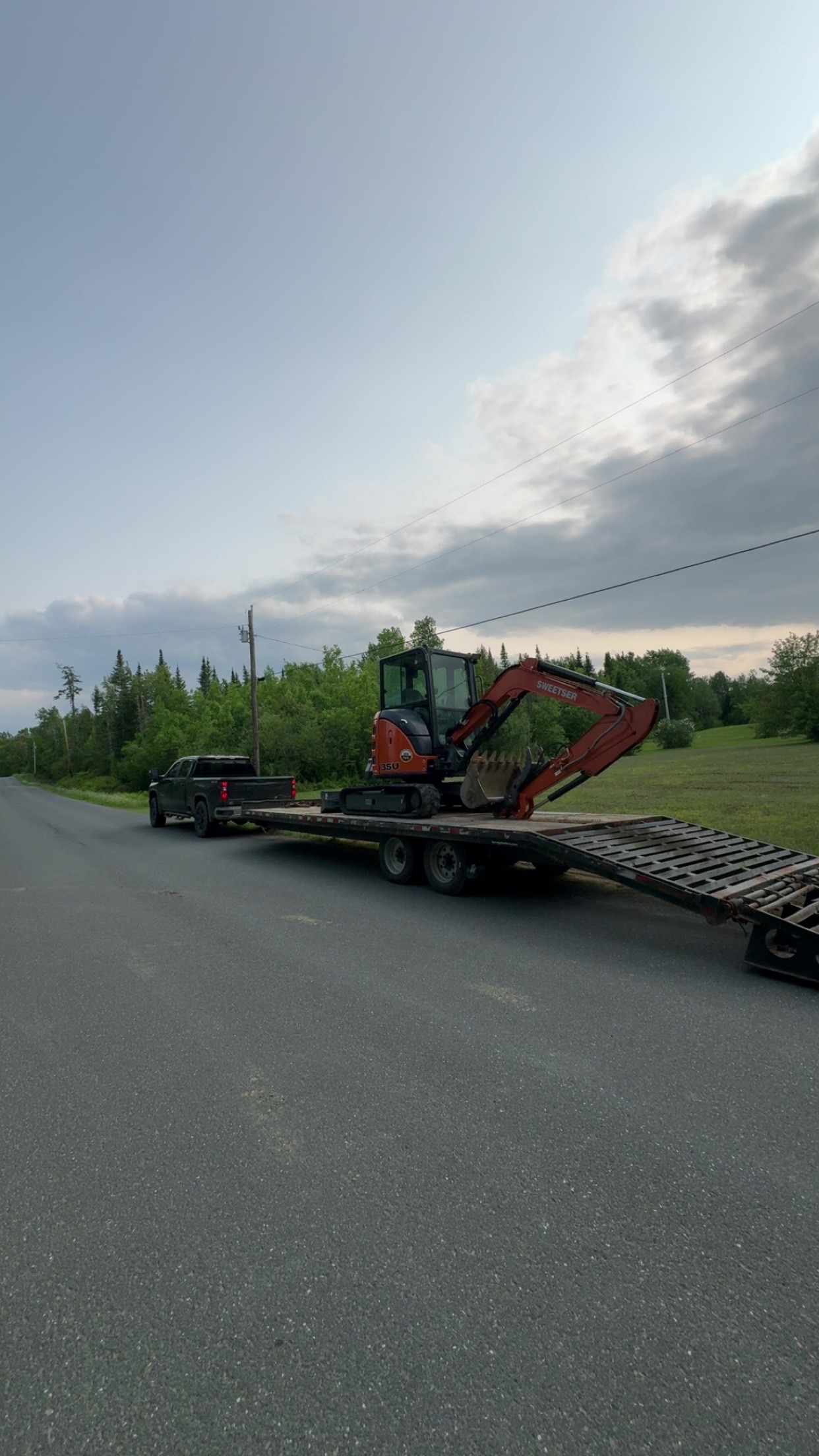
The Ultimate Guide to Sustainable Landscaping Solutions Aug 13, 2025
Start by understanding the local climate and choosing native plants, which are naturally adapted to the local environment and require less water and maintenance. They support local ecosystems, providing habitats and food for local wildlife, and contribute to biodiversity. Consider incorporating a variety of trees, shrubs, and perennials that are indigenous to your area. The use of native plants not only minimizes the need for chemical fertilizers and pesticides but also ensures that your garden can thrive with minimal intervention.
Water conservation is another cornerstone of sustainable landscaping. Lawns are often the biggest water hogs in a yard, so replacing or reducing lawn areas with drought-tolerant ground covers can significantly cut water use. Drip irrigation systems are more efficient than traditional sprinklers, delivering water directly to the plant roots and reducing evaporation. Additionally, rainwater harvesting systems, such as rain barrels, can collect and reuse rainwater for your irrigation needs, making the most of what nature provides.
Composting is an effective and eco-friendly way to boost plant health and reduce waste. By recycling kitchen scraps and yard waste into nutrient-rich compost, you can enrich your soil without synthetic fertilizers. A healthy compost pile contains a good balance of greens like fruit and vegetable scraps and browns such as leaves and twigs, fostering beneficial microorganisms that help maintain fertile soil.
Incorporating hardscaping elements that are environmentally mindful can also add functionality and beauty to your landscape. Use permeable materials such as gravel, permeable pavers, or natural stones that allow rainwater to seep back into the ground, reducing runoff and erosion. Ensure walkways and patios are designed to encourage natural water drainage and are constructed from sustainably sourced materials.
Strategic planting can naturally reduce energy consumption in your home. For instance, planting deciduous trees on the south and west sides can provide shade in the summer and allow sunlight to warm your home in the winter, reducing reliance on heating and cooling systems. Similarly, evergreen trees and shrubs can act as windbreaks, shielding your home from chilly winds.
While transforming your landscape can seem daunting, remember that small, strategic changes can make a significant impact over time. Start by setting achievable goals, and gradually incorporate more sustainable practices into your routine. With the help of experienced professionals like those at Sweetser Excavation LLC, you'll be able to create a thriving, sustainable landscape tailored to your needs and climate.
By making informed choices about plant selection, water management, composting, and hardscaping, you can not only enhance the aesthetic appeal of your property but also contribute to a healthier planet. Sustainable landscaping is more than just a trend; it's a lasting investment in the future of our environment. Let Sweetser Excavation LLC be your partner in creating a sustainable outdoor sanctuary that aligns with your values and aspirations.
/filters:no_upscale()/media/b8c556c9-44e8-4228-9bcf-a0152c43656b.jpg)
/filters:no_upscale()/filters:format(webp)/media/c49440ee-bf74-4bf5-bde0-0c8e5cc84ef8.jpeg)